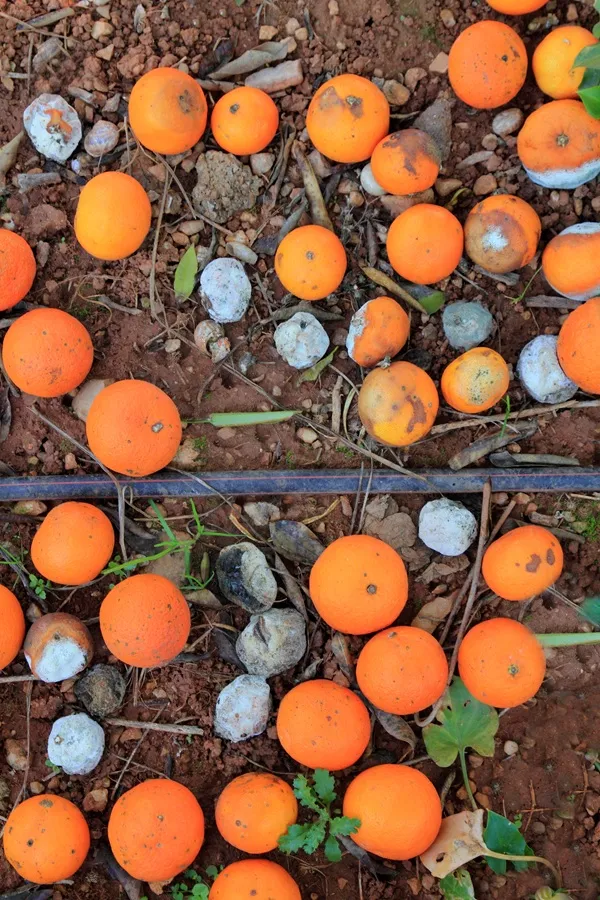Table of Contents
Pineapples: The Tropical Crown Jewel – A Comprehensive Guide
1. Global Varieties of Pineapples
Pineapples (Ananas comosus) thrive in tropical regions, with distinct cultivars offering unique flavors and textures:
| Variety | Origin | Characteristics | Primary Use |
|---|---|---|---|
| Smooth Cayenne | Hawaii, Philippines | Cylindrical, golden-yellow flesh; sweet-tart with high fiber. | Fresh consumption, canning. |
| MD2 (Golden Sweet) | Costa Rica | Small, golden; exceptionally sweet, low acidity. | Export markets, fresh fruit. |
| Queen | South Africa, Australia | Compact, golden flesh; crisp and aromatic. | Fresh consumption. |
| Red Spanish | Caribbean | Tough, spiky skin; pale yellow flesh; tart and fibrous. | Juice, processing. |
| Sugarloaf | Mexico, Central America | Greenish skin, white flesh; ultra-sweet with no acidity. | Fresh consumption. |
2. Taste & Culinary Uses
- Flavor Profile: Sweet, tangy, and tropical, varying by ripeness and variety.
- Common Uses:
- Fresh: Eaten raw, in fruit salads, or as a garnish.
- Cooking: Grilled, roasted, or in savory dishes (e.g., Hawaiian pizza, sweet-and-sour stir-fries).
- Baking: Pineapple upside-down cake, tropical tarts.
- Processed: Canned chunks, juice, jams, jellies, and dried snacks.
3. Nutrition & Health Benefits
- Nutritional Value (per 100g):
- Calories: 50 | Vitamin C: 80% DV | Manganese: 76% DV | Fiber: 1.4g | Bromelain: Digestive enzyme.
- Glycemic Index (GI): ~51–66 (moderate; lower when paired with protein/fat).
- Health Benefits:
- Digestive Aid: Bromelain breaks down proteins, easing digestion.
- Anti-Inflammatory: Reduces swelling and accelerates healing.
- Immune Support: High vitamin C boosts immunity.
4. Cultivation Practices
- Climate: Tropical regions (20–30°C), frost-free with 1,000–1,500mm annual rainfall.
- Soil: Well-drained, sandy-loam; pH 4.5–6.5.
- Propagation: Crowns, slips, or suckers from mature plants.
- Pollination: Most commercial varieties are seedless and parthenocarpic (no pollination required).
5. Byproducts & Processing
- Canned Pineapple: Chunks, rings, and crushed pineapple in syrup or juice.
- Juice: Single-strength or concentrate for beverages.
- Bromelain Extract: Used in supplements, meat tenderizers, and cosmetics.
- Dried Pineapple: Sweet snacks or baking ingredients.
- Pineapple Fiber: From leaves, used in textiles (e.g., piña cloth in the Philippines).
6. Storage & Preservation
- Fresh:
- Store unripe pineapples at room temperature; refrigerate ripe ones (up to 5 days).
- Freezing:
- Peel, core, cut into chunks; freeze on trays before bagging (6–12 months).
- Drying: Dehydrate slices at 60°C for 12–18 hours.
7. Culinary Uses & Quick Recipes
- Pineapple Salsa:
- Mix diced pineapple, red onion, jalapeño, cilantro, and lime juice.
- Grilled Pineapple Skewers:
- Brush slices with honey and chili powder; grill until caramelized.
- Piña Colada Smoothie:
- Blend pineapple chunks, coconut milk, yogurt, and ice.
8. Major Producers & Trade
- Top Producers (2023):
- Costa Rica (2.9M tons).
- Philippines (2.7M tons).
- Brazil (2.3M tons).
- Thailand (1.8M tons).
- Leading Exporters: Costa Rica, Philippines, Netherlands (re-export hub).
- Key Importers: USA, EU, China, Japan.
9. Pests & Challenges
- Common Pests:
- Mealybugs & Scales: Sap-sucking insects that weaken plants.
- Nematodes: Damage roots in poorly managed soils.
- Diseases:
- Heart Rot: Fungal infection in waterlogged soils.
- Black Rot: Post-harvest decay.
- Solutions: Crop rotation, biological controls (e.g., ladybugs), and resistant cultivars.
10. Return on Investment (ROI)
- Costs:
- Land Preparation: $3,000–$5,000/acre (soil treatment, planting material).
- Labor: High for planting and harvesting ($1,500–$3,000/acre).
- Yield: 50–100 tons/hectare over 18–24 months.
- Profitability:
- Fresh pineapples: $0.50–$1.50/kg.
- Organic/processed products: 20–50% higher margins.
11. Sustainability & Innovations
- Regenerative Farming: Cover cropping and organic fertilizers to enhance soil health.
- Waste Reduction: Using peel and core for vinegar or biogas production.
12. Cultural Significance
- Symbolism: In many cultures, pineapples represent hospitality and wealth.
- Festivals: Thailand’s "Pineapple Day" celebrates the fruit with parades and cooking contests.
Conclusion
Pineapples, the "king of fruits," are a cornerstone of tropical agriculture and global cuisine. From Costa Rican plantations to Filipino desserts, their sweet-tart flavor and versatility make them a culinary favorite. As demand grows for both fresh and processed pineapple, sustainable practices and innovation ensure this tropical gem continues to thrive.
Pro Tip: Use pineapple juice as a meat tenderizer—its bromelain breaks down proteins!
Savor the taste of the tropics – one juicy bite at a time. 🍍🌴








